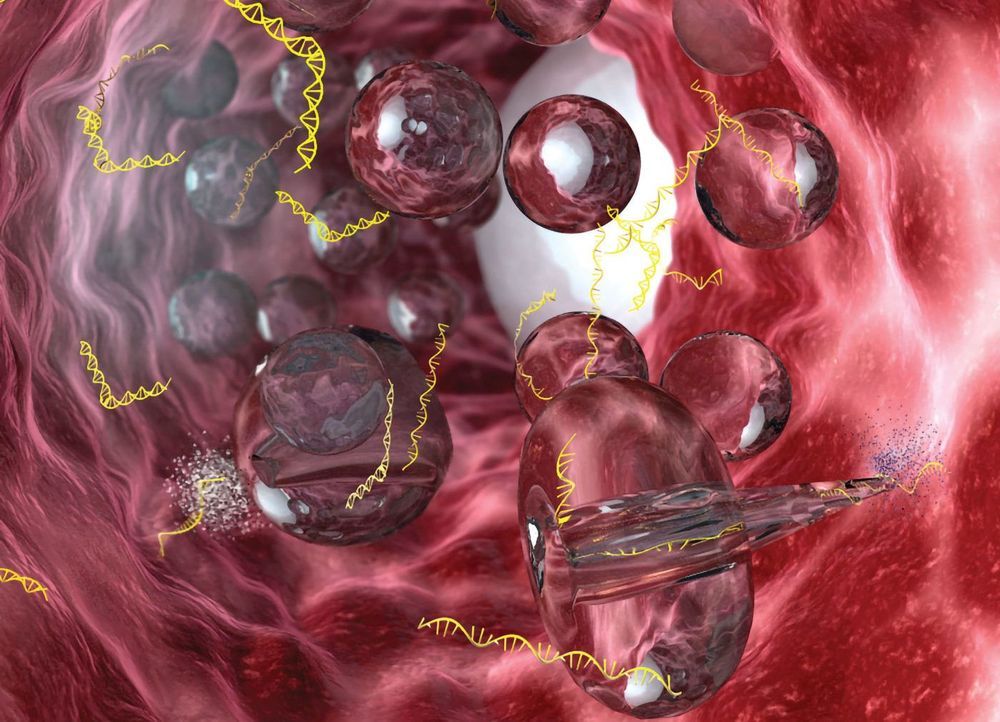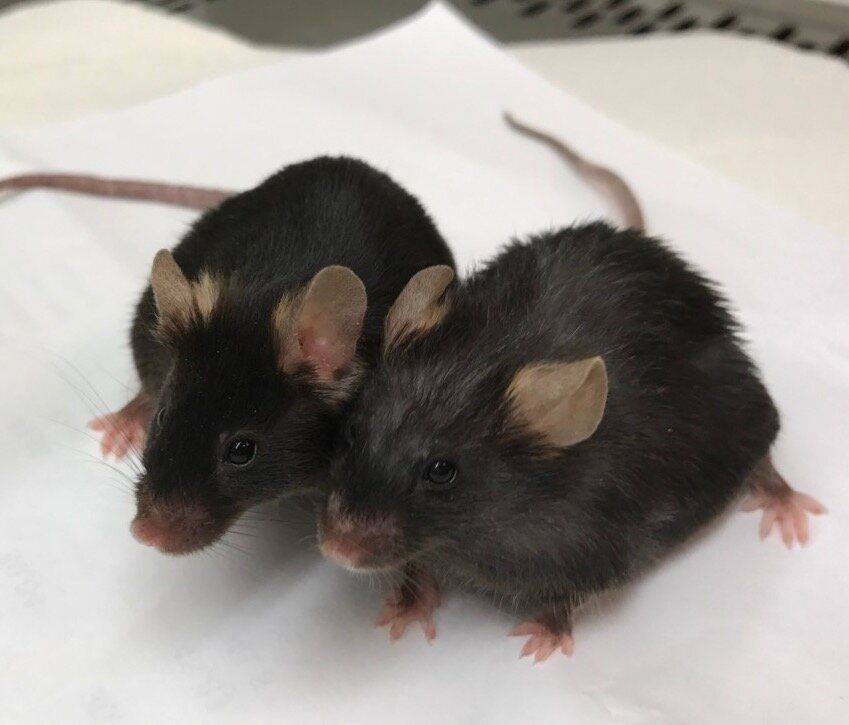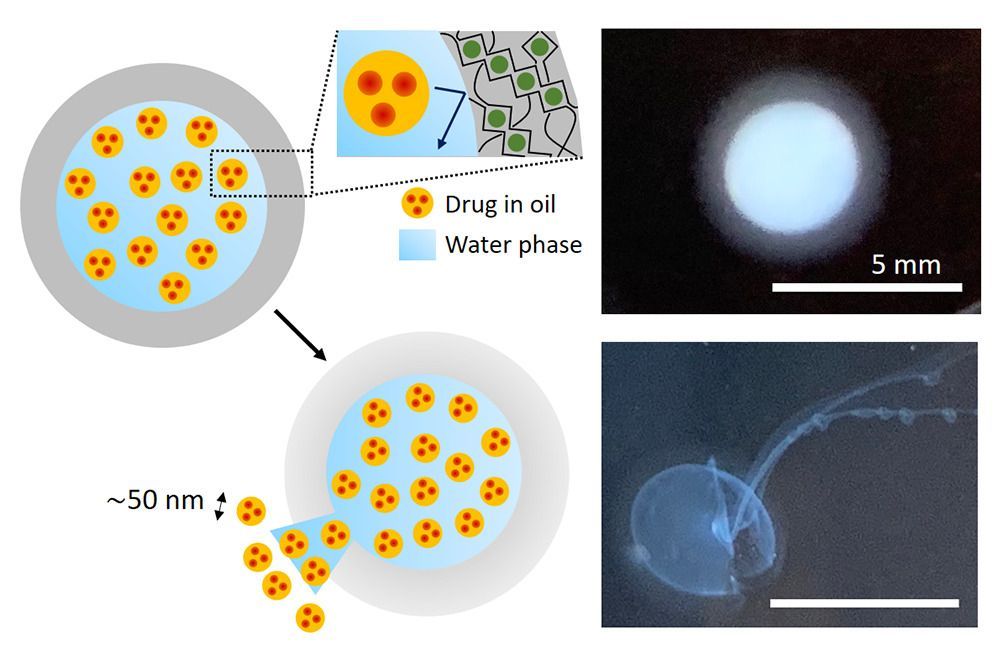Nature has spent millennia honing the virus into a ruthlessly efficient delivery vehicle for nucleic acids. Viruses have even been harnessed for our own delivery purposes. But some applications have had only mixed success. For example, commercial applications of genetic engineering, which require high scalability, low cost, and impeccable safety, remain a challenge.
Although they can easily enter the body and inject their payload into cells, viruses may stimulate a dangerous immune reaction and cause long-term medical complications. In addition, viruses can be expensive and time consuming to cultivate.
Safer and more practical alternatives to viruses are being sought by innovative companies. For example, these companies are developing nonviral gene delivery systems that incorporate nanoparticle formulations, ultrasound, and electric fields. These systems can slip bits of genetic material into cells efficiently and cost-effectively in a range of applications.








